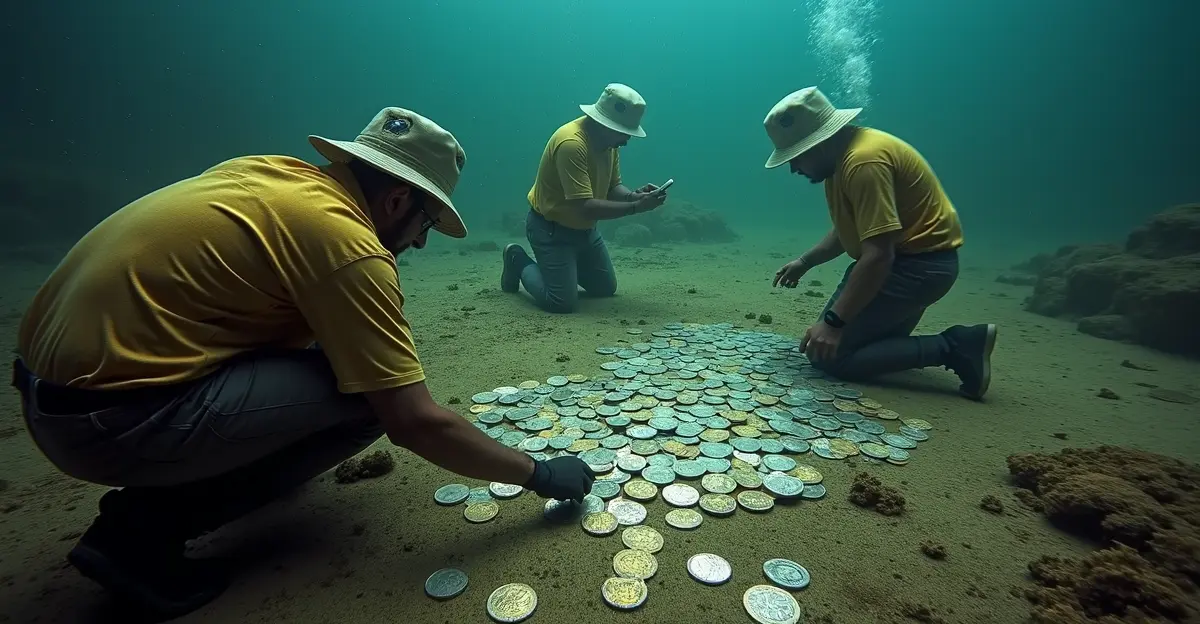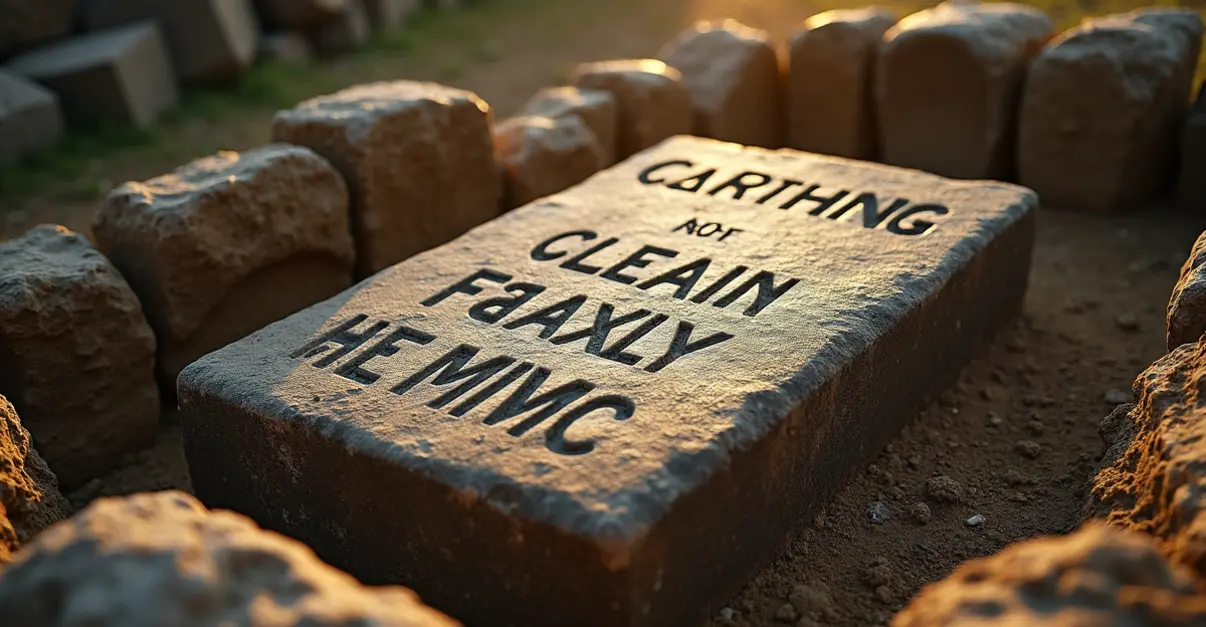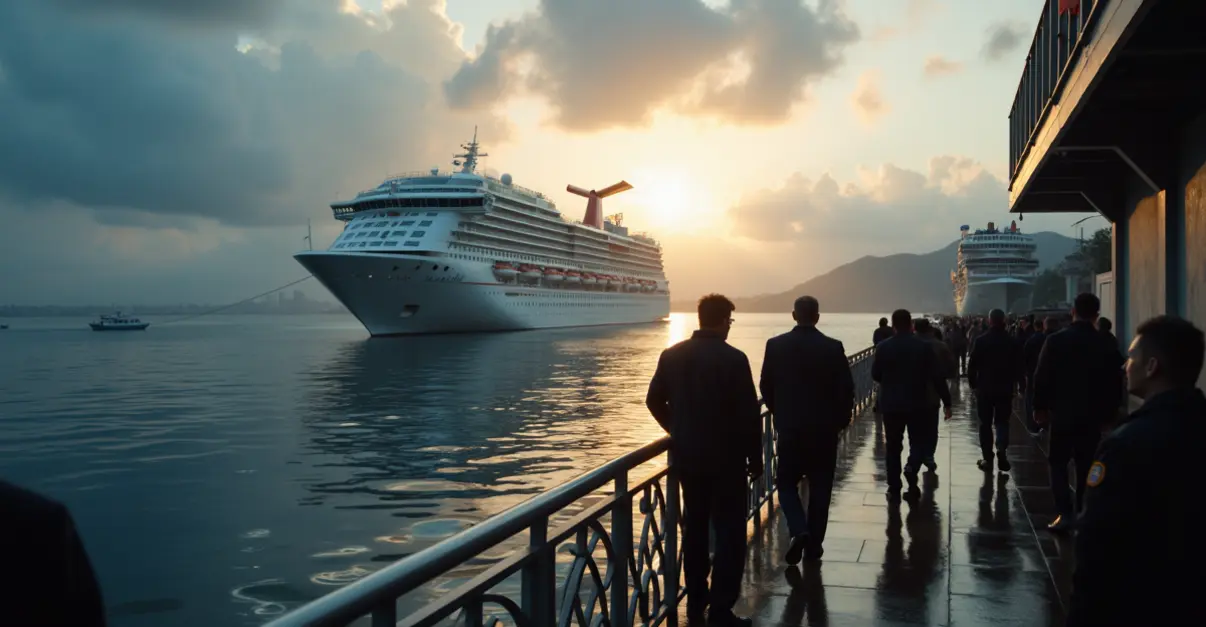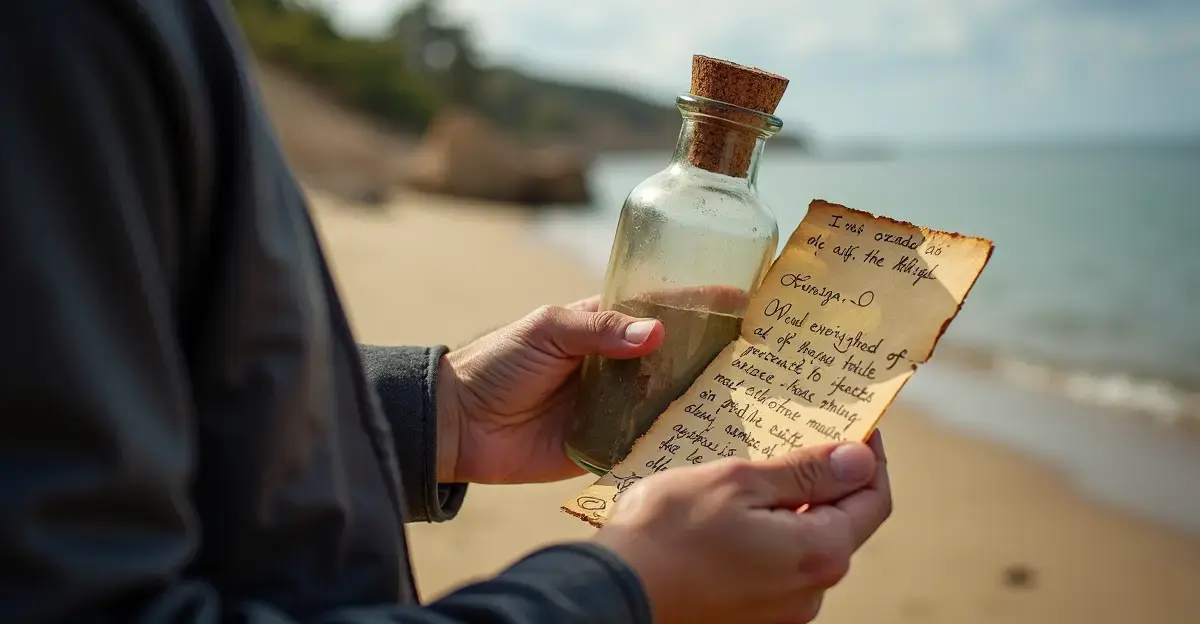Archaeologists discover 370-year-old survivor camp from 1656 VOC shipwreck Vergulde Draeck in Western Australia, providing new insights into fate of 75 crew members who initially survived the disaster.

Historic Discovery Sheds Light on 1656 Dutch Shipwreck Mystery
Archaeologists have made a groundbreaking discovery in Western Australia that brings new clarity to one of the nation's oldest maritime mysteries. A recently identified survivor camp from the 1656 Vergulde Draeck shipwreck has been granted heritage protection, offering unprecedented insights into what happened to the 75 crew members who initially survived the disaster.
The Tragic Voyage of the Vergulde Draeck
The Vergulde Draeck (Gilt Dragon) was a 41.8-meter Dutch East India Company (VOC) vessel that departed Texel in October 1655 bound for Batavia (modern-day Jakarta). On April 28, 1656, the ship struck a coral reef off Western Australia's coast, resulting in 118 fatalities. Of the 193 crew members aboard, only 75 managed to reach shore in what was then an uncharted and inhospitable land.
'This discovery is particularly important because survivor camps from this period are exceptionally rare,' says Alec Coles, director of the WA Shipwreck Museum. 'These sites can tell us so much about the people who survived these early shipwrecks and their attempts to stay alive in completely unfamiliar territory.'
The Search for Survivors
Nine days after the wreck, seven crew members embarked on an incredible 41-day journey to Batavia in a small boat to summon help. They successfully reached their destination, but the subsequent rescue missions proved tragically unsuccessful. Between 1656 and 1659, the Dutch East India Company dispatched multiple ships to search for survivors, but none of the remaining 68 crew members were ever found. During one rescue attempt, eleven rescuers themselves went missing when their boat failed to return.
The 2024-2025 Discovery
The breakthrough came in 2024 when an anonymous beachcomber discovered several artifacts including stoneware sherds, navigational dividers, a brass clasp, and a lead fishing sinker. The finder initially nearly discarded what he thought was a modern fishing weight until a neighbor recognized its similarity to artifacts from the Vergulde Draeck displayed at the WA Shipwreck Museum.
Following this initial discovery, archaeologists conducted further excavations in 2025, uncovering additional artifacts including a completely intact clay pipe. The site has now been declared a protected area under Western Australia's Heritage Act 2018, making unauthorized excavation by amateurs a criminal offense.
Historical Significance and Protection
'This is a remarkable archaeological discovery that can tell us more about Dutch exploration and survival along the Western Australian coast in the 17th century,' states Heritage Minister Simone McGurk. 'By protecting this site, we preserve an irreplaceable part of our shared history for future generations.'
The newly discovered artifacts are now on display at the WA Shipwreck Museum in Fremantle, joining other recovered objects from the Vergulde Draeck that have been studied since the wreck's discovery by spearfishers in 1963. The ship was the first historic shipwreck to receive legislative protection in Australia in 1964.
Ongoing Research and Future Prospects
Archaeologists continue to study the site, hoping to learn more about how the survivors organized their camp and attempted to sustain themselves in the harsh Australian environment. The discovery represents one of the most significant finds in Australian maritime archaeology in recent years and may help answer questions that have puzzled historians for centuries about the fate of those lost crew members.
The Vergulde Draeck was carrying eight boxes of silver coins worth 78,600 guilders (equivalent to approximately €2.4 million today) along with trade goods valued at 106,400 guilders when it wrecked. While much of this treasure has been recovered over the years, the human story of survival and loss has remained largely mysterious until now.

 Nederlands
Nederlands
 English
English
 Deutsch
Deutsch
 Français
Français
 Español
Español
 Português
Português









